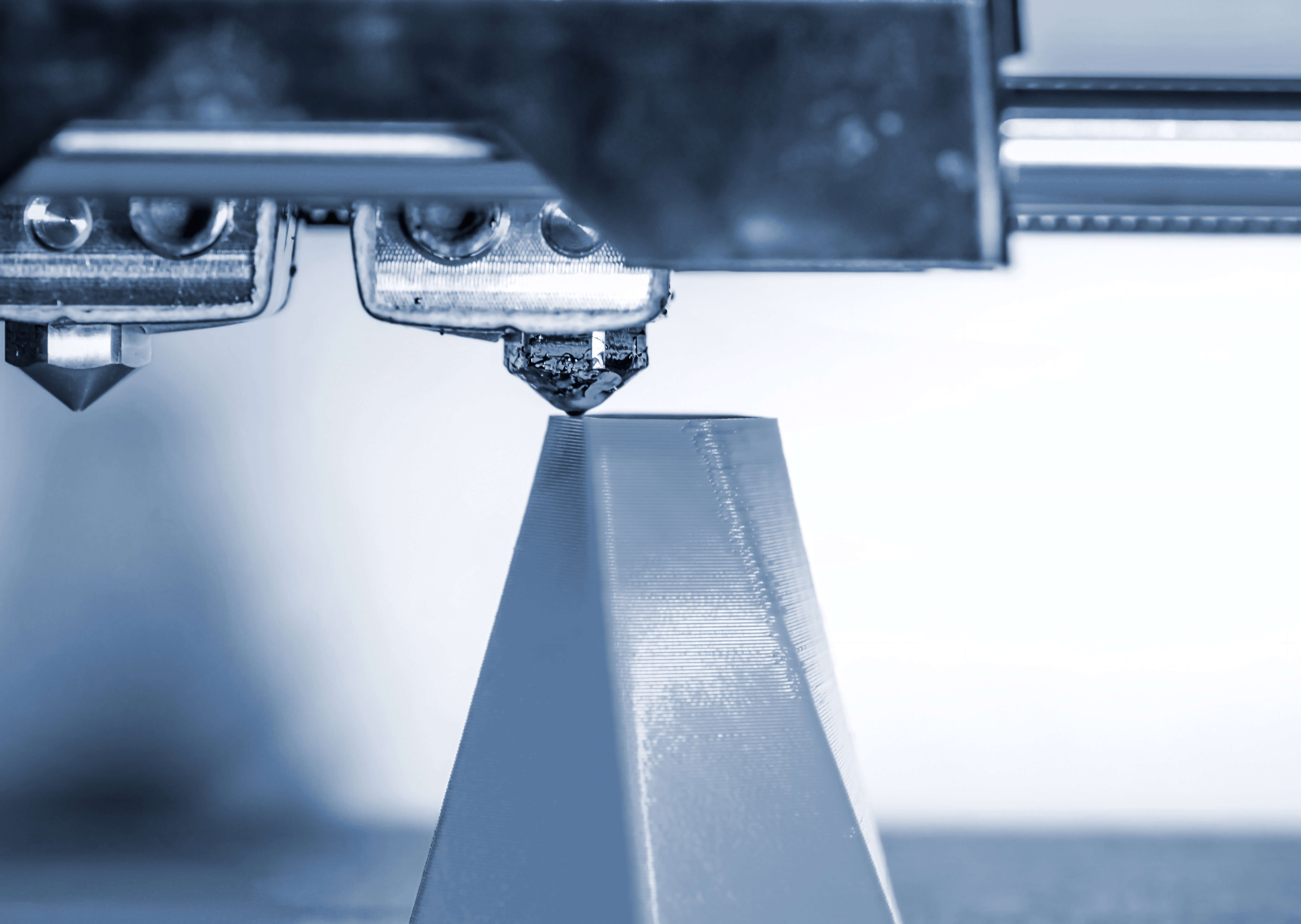introduction
3D Printing is the future of manufacturing. It has disrupted manufacturing technologies and processes in Steel Foundry as we know
it. It is forcing us to review our methods and processes for steel engineering and casting production.
The Manufacturing industry and other sectors are embracing the versatility and sustainable method of production. With the growing availability, reduction in costs of the application, 3D Printing has become more accessible to small businesses, innovators, and entrepreneurs as a means for realising their concepts.
objective analysis

3D Printing originally came about in the 1980s, known as Rapid Prototyping, and now as Additive Manufacturing. (Kang and Ma, 2017). When going up against a long-standing approach like Steel Casting, it is easy to see that it minimises resources, reduces workplace hazards in the production process (See Table 1 below). However, a few limitations exist, such as size and materials. There is sometimes a time
differential, but that depends on the supply and demand of the manufacturers. Kang and Ma (2017) refer to 3D Printing as a magical
technology that can supplement or partially replace the casting methods and processes. They state that 3D Printing is a
manufacturing method that revolutionises the design process,
assemblies, and parts, such as patterns, cores, moulds, and shells in casting production.

Table 1: Comparison of casting method and 3D direct Printing of metal parts (Kang and Ma, 2017, p7)
potential industry output growth
$180b
Australia's gdp potential to add
$50b
annually
boost employment
650k
new jobs
EnvironmEntal impact

The singular goal across all sectors of the steel foundry industry has been to reduce the impact on the environment, maximising the use of
resources available, and create sustainable processes for production.
We are still utilising natural resources for steel casting and Metal 3D printing however, 3D Printing has zero waste compared to its counterpart, ‘Subtractive Manufacturing’.
Material is subtracted to realise the design, product rather than applying materials to create the products. The process already speaks volumes in that we are reducing the resources required for the manufacturing process. This is a positive step towards easing the supply and demand on non-renewable resources and conservation. (Campbell, Williams, Ivanova and Garrett, 2011). While not eliminating our carbon footprint, it is reducing the impact on the environment.
Innovation
3D Printing technologies are evolving the geopolitical climate of the manufacturing industry with its global shift towards empowering local production.
Countries like China, Japan and Germany that have built their prosperity and political power on export-led growth, especially of consumer products, could experience a relative decline as more production is shifted to consumer countries and demand for imports falls (Campbell, Williams, Ivanova and Garrett, 2011).
These technologies empower the local market with its ability to render designs and products into reality as needed, rather than importing from overseas.

source